AI: Αντιγραφή Ιδανική ή Αναπαράσταση Ιδεατή;
DS.WRITER:
Tasos Giannakopoulos
Κεντρική Εικόνα: Prompt: “Guggenheim Museum Bilbao skyscraper, dramatic lighting, mist, wideshot, people walking in foreground, unreal engine 5 render, 4k” | designoutsider.com
“Η κριτική του ορθού λόγου έχει μετατραπεί σε κριτική των media”
Bernard Siegert
Το 2022 ήταν η χρονιά που η πολυαναμενόμενη τεχνολογία της τεχνητής νοημοσύνης (Artificial Inteligence) κατόρθωσε να αποδώσει καρπούς. Όχι πως δεν απέδιδε καρπούς την προηγούμενη δεκαετία, που είχε παρεισφρήσει ως αντικείμενο δημοσιογραφικού ενδιαφέροντος ακόμη και για το ευρύ κοινό, απλώς μοιάζει φέτος να συνάντησε και να ξεπέρασε ένα κρίσιμο σημείο καμπής και να διαθέτει πλέον και τα απαραίτητα τεκμήρια για να το αποδείξει.
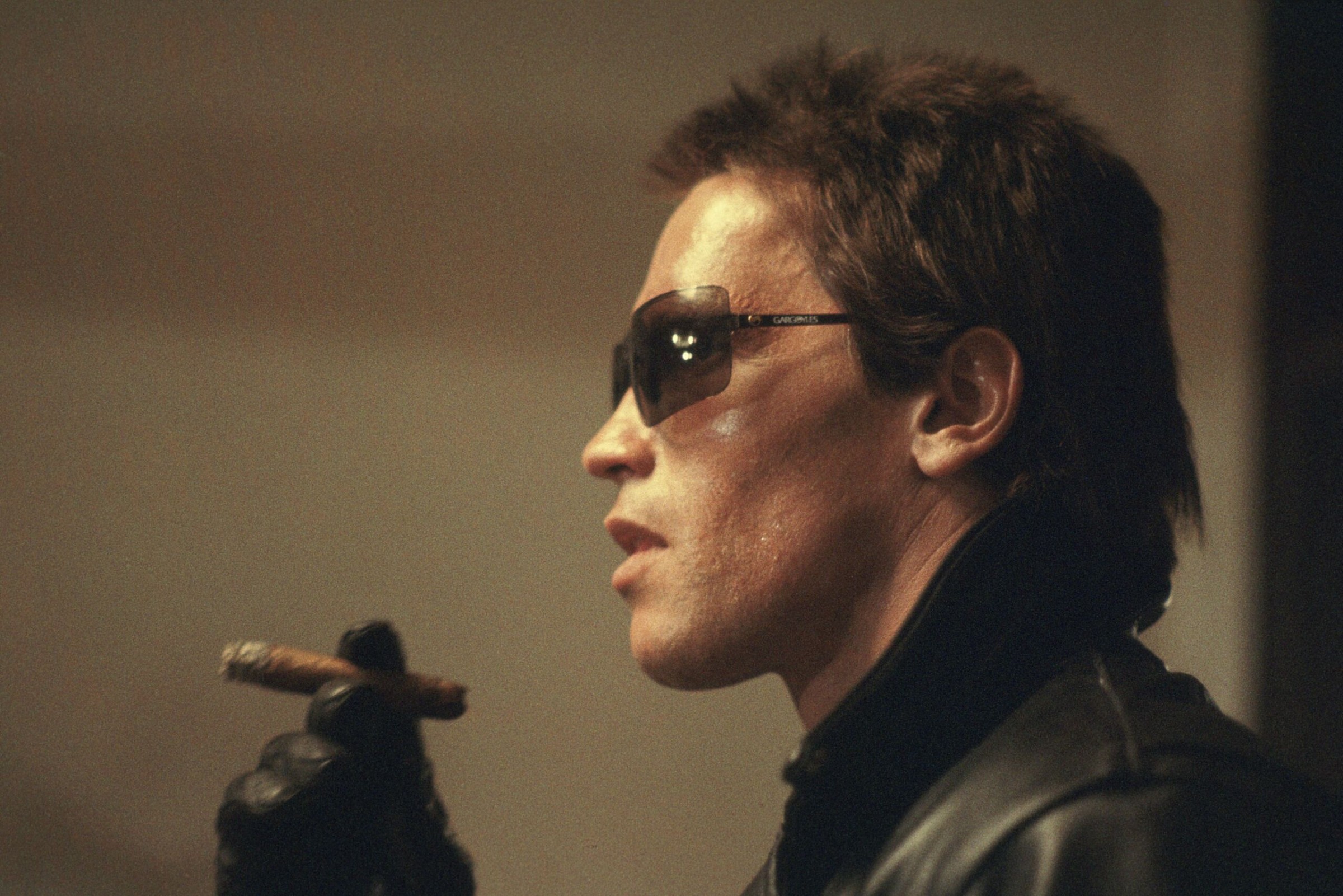
The Terminator | kinorotterdam.nl
Έτσι, για παράδειγμα, σε μια προσπάθεια ηθικής υποστήριξης στο chatbot LaMDA (αρκτικόλεξο για τις λέξεις Language Model for Dialogue Applications) ή ως μέρος μιας καλοστημένης διαφημιστικής εκστρατείας, ένας μηχανικός της Google, ονόματι Blake Lemoine, ισχυρίστηκε δημόσια πως το σύστημα της Google για μεγάλα, ανεπτυγμένα μοντέλα γλώσσας διαθέτει πλέον συνείδηση, ένα στοιχείο εξαιρετικά καίριο για τέτοιες μηχανές. Ακόμη ένα τεκμήριο της ανάπτυξης της τεχνολογίας της τεχνητής νοημοσύνης αποτελεί το Chat GPT της Open AI, το οποίο, όταν ουσιαστικά το ρωτάς κάτι, διαπερνά το λεγόμενο “the Plenty” (το πολύ ή κάτι αντίστοιχο στα ελληνικά) των mediascapes των διαδικτυακών αρχείων της εποχής μας και σου δίνει μια απάντηση σαν άλλο μαντείο των Δελφών, με λιγότερο αμφίσημη διάθεση και αποτέλεσμα.
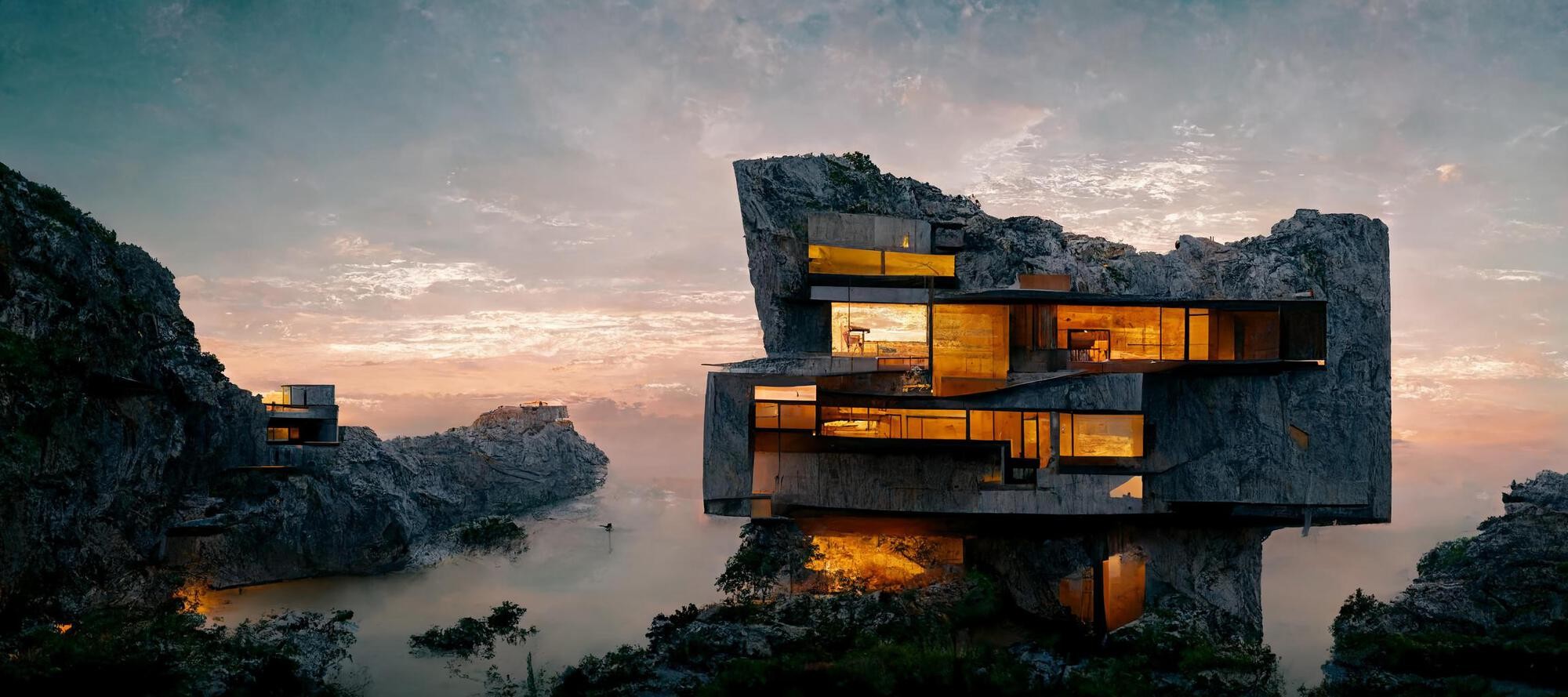
Mattias del Campo, Sanda Manninger | archdaily.com
Σε αντίστοιχη νότα για τον κλάδο του design και των αναπαραστάσεων γενικότερα, μας ήρθε το Midjourney και το DALL-E 2, που πάλι με αντίστοιχο τρόπο βυθίζονται στην απειρία των αναφορών του διαδικτύου και έρχονται στην επιφάνεια με αποτελέσματα στη μορφή εικόνας. Εκεί, μπορεί κανείς, για παράδειγμα, να δημιουργήσει τους ονειρικούς κόσμους του Dali με το ύφος της Frida Kahlo, ή το σπίτι των Simpsons στη γραφή του Karl Friedrich Schinkel ή, φυσικά, όποιον συνδυασμό φανταστεί κανείς μέσα από το κείμενο που θα μπορέσει να δομήσει για να επικοινωνήσει με το μέσο. Οι δημιουργοί είναι πια ελεύθεροι να πραγματοποιήσουν με το πάτημα ενός κουμπιού όλες τους τις φαντασιώσεις.
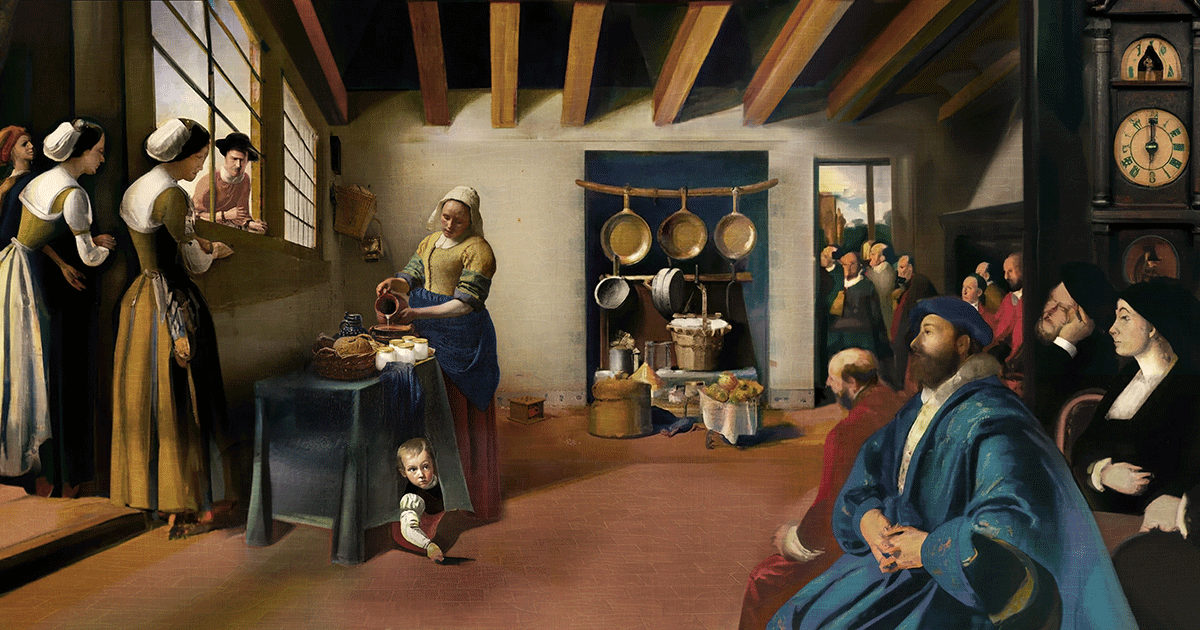
The wider world of “The Milkmiad” | artweek.com
Όπως υποπτεύεται κανείς, με αυτό το πλαίσιο δημιουργούνται, φυσικά, πολλές ευκαιρίες, αλλά και αρκετές προβληματικές, με την πιο βασική να είναι η θεωρητική εξάλειψη των δημιουργικών επαγγελμάτων, αφού το μέσο θα αφανίσει την εργασία τους. Αυτές οι ιδέες, που στην ακραία τους έκφραση ανασύρουν φόβους και φέρνουν στο μυαλό τη Sarah O’ Connor, μάλλον υπερεκτιμούν την τεχνητή νοημοσύνη και υποτιμούν αντίστοιχα την ανθρώπινη. Από τη μία, ο συνδυασμός του prompt -του κειμένου που οδηγεί στην τελική εικόνα- συνεχίζει να απαιτεί ανθρώπινη δημιουργικότητα και ευφυΐα. Από την άλλη, η βιβλιογραφία μάς επιβεβαιώνει πως με τη βιομηχανική επανάσταση υπήρχαν οι ίδιοι φόβοι, αλλά για κάθε ένα αντικείμενο εργασίας που σταματούσε να υπάρχει, σχεδόν τέσσερα έπαιρναν τη θέση του. Συνεπώς, συμπεραίνει κανείς πως οι δημιουργοί δεν θα μείνουν άνεργοι τόσο εύκολα. Αν θα είναι το ίδιο ποιοτικές οι νέες θέσεις, αυτό είναι δύσκολο να το αναλογιστεί κανείς από τα τώρα.
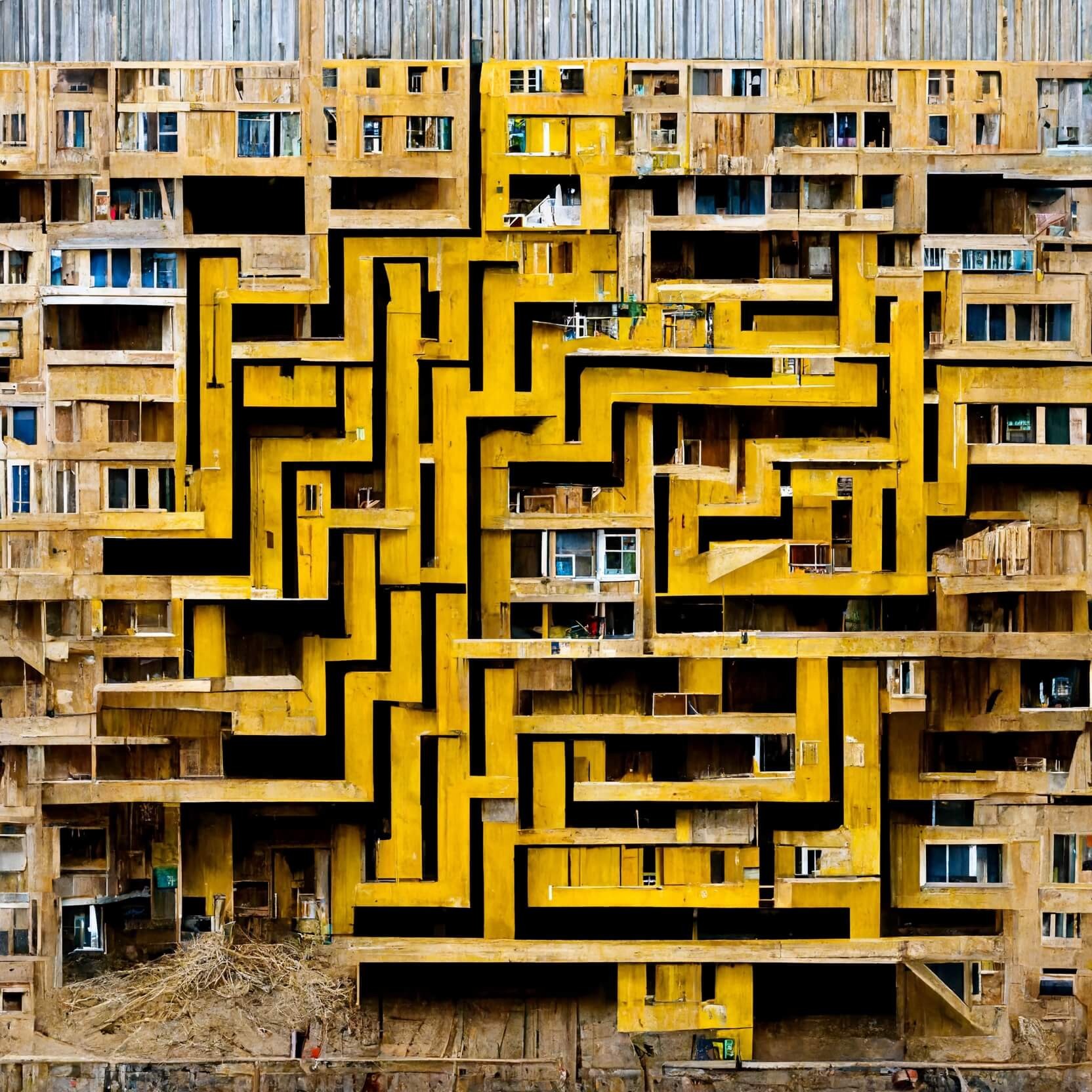
Rasa Navasaityte/MidjourneyAI | archpaper.com
Επομένως, ερωτηματικό τίθεται στο ίδιο το μέσο και στον βαθμό που το ίδιο αποτελεί δημιουργία και όχι απλή συρραφή/αντιγραφή υφιστάμενων τεχνικών και υφών. Αν ισχύει το πρώτο, μπορούμε να είμαστε αισιόδοξοι πως τα μέλη του ανθρώπινου γένους που ασχολούνται με τις τέχνες και το design, αλλά και όσοι δεν έχουν εξασκηθεί στο να μεταφέρουν τις ιδέες τους από το μυαλό τους στις δύο διαστάσεις, θα βρουν τρόπο να χειριστούν κατάλληλα, και ορισμένες φορές με καταπληκτικά αποτελέσματα, το νέο εργαλείο που τους δίνεται. Αν, βέβαια, η δεύτερη περίπτωση είναι αυτή που θα συναντήσει την ανθρωπότητα, τότε οι περιπτώσεις διακλαδίζονται. Είναι πιθανό η σαγήνη της ευκολίας του εργαλείου να μας παρασύρει, και εμείς να χαθούμε στη διαθέσιμη κοιτίδα αναφορών, εικόνων και πολιτισμικών ιζημάτων και να τα αναπαράγουμε ad infinitum, βάσει του οποίου κανείς μπορεί με ευκολία να φανταστεί πως όποια ομάδα έχει τον έλεγχο των αρχειακών δομών και τον όγκο πολιτισμικής παραγωγής στην απαρχή αυτής της τεχνολογίας, τότε αυτή είναι εκείνη που θα πολλαπλασιάζει με ταχύτατο ρυθμό τον εαυτό της. Μπορούμε να το αποκαλέσουμε soft propaganda του Global North, για να συνεννοηθούμε καλύτερα. Τι είναι πιο πιθανό να βρει κανείς στα αρχεία του διαδικτύου; Εικόνες του Tom Cruz ή εικόνες του πιο διάσημου ηθοποιού της Σιγκαπούρης;
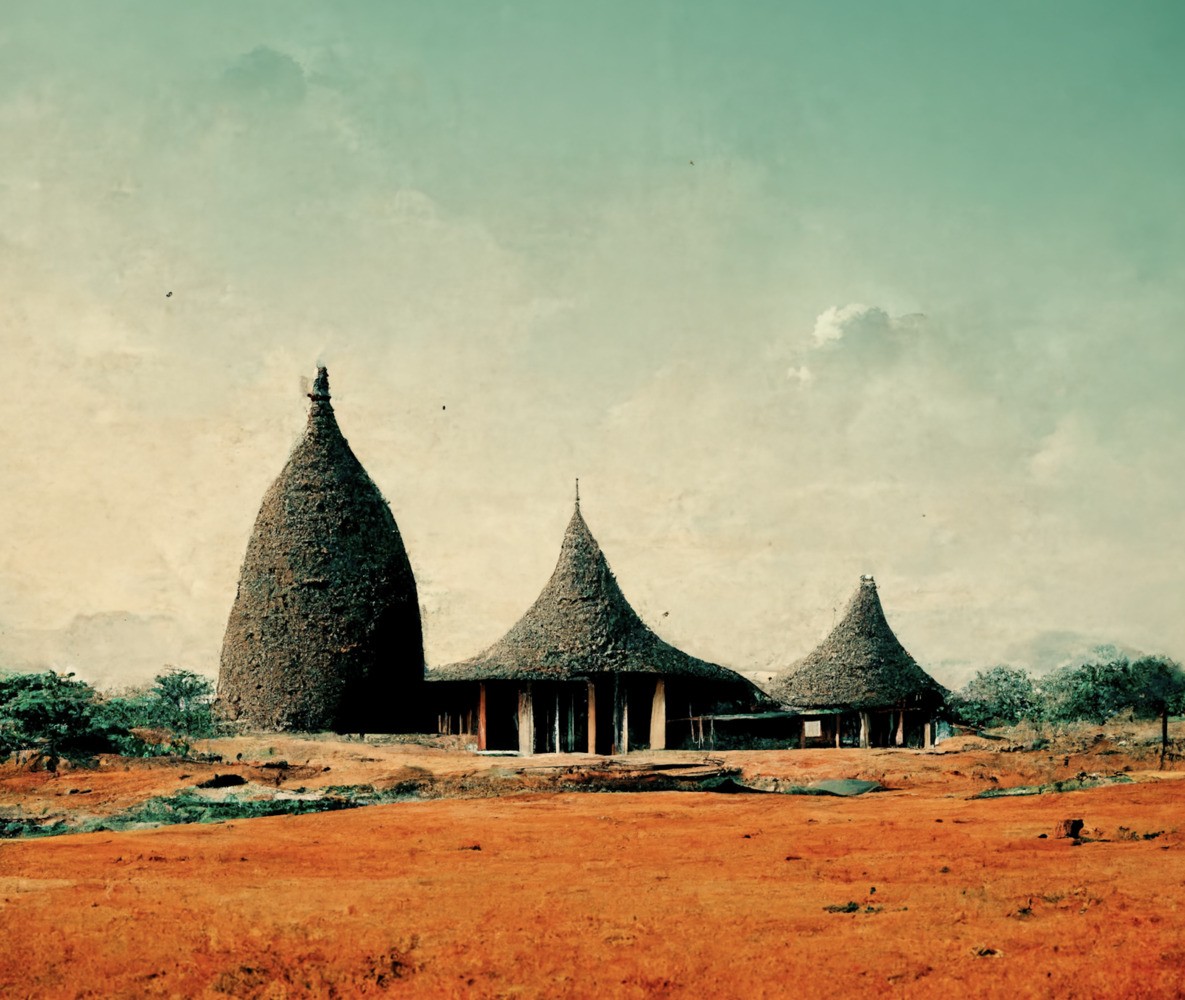
Matthew Maganga, Midjourney AI | archdaily.com
Αυτές οι σκέψεις, ενώ διαθέτουν εγκυρότητα και χρειάζονται ανάλυση, πιστεύω πως τείνουν περισσότερο σε μια τεχνολογικοφοβική διάθεση, όπως συνέβη με οποιοδήποτε νέο μέσο, είτε αυτό ήταν η τυπογραφία ή το σινεμά. Εμένα περισσότερο μου φέρνει στο μυαλό το ενδεχόμενο της γέννησης ή την επιτάχυνση της διανοητικής εγκαθίδρυσης μιας πολιτισμικής τεχνικής (cultural technique), βασισμένης στην αντιγραφή με τον τρόπο που τη σκέφτεται ο Bernarnd Siegert. Μια πράξη δηλαδή που συμβαίνει οριζόντια ανάμεσα από τις κουλτούρες, και που την κάνουμε, όπως είναι για παράδειγμα η γραφή, η μουσική και το μέτρημα. Οι άνθρωποι έγραφαν πολύ πριν εφεύρουν διανοητικά τις ιδέες της γραφής ή τα αλφάβητα• χιλιετίες πέρασαν πριν οι εικόνες και τα αγάλματα συστήσουν την ιδέα της αναπαράστασης. Αντιγράφουμε συνεχώς και καθημερινά από τον μεσαίωνα και παλαιότερα, αλλά μια ιδέα αντιγραφής με μηχανική υποβοήθηση με στόχο συγκεκριμένο πολιτισμικό προϊόν, δεν έχει ξαναεμφανιστεί. Ίσως έχει έρθει η ώρα να μας επαναλάβουμε καλά.




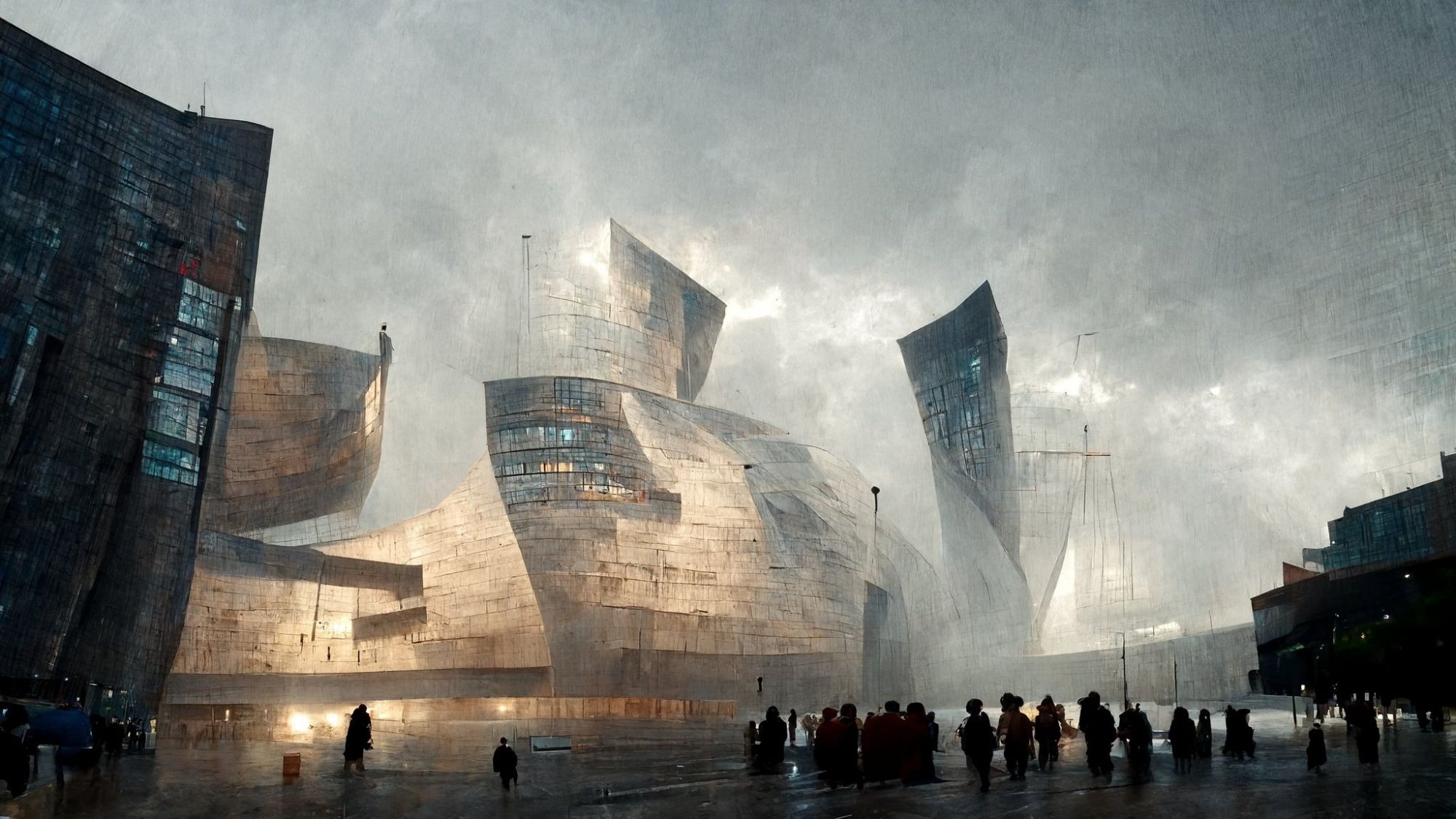
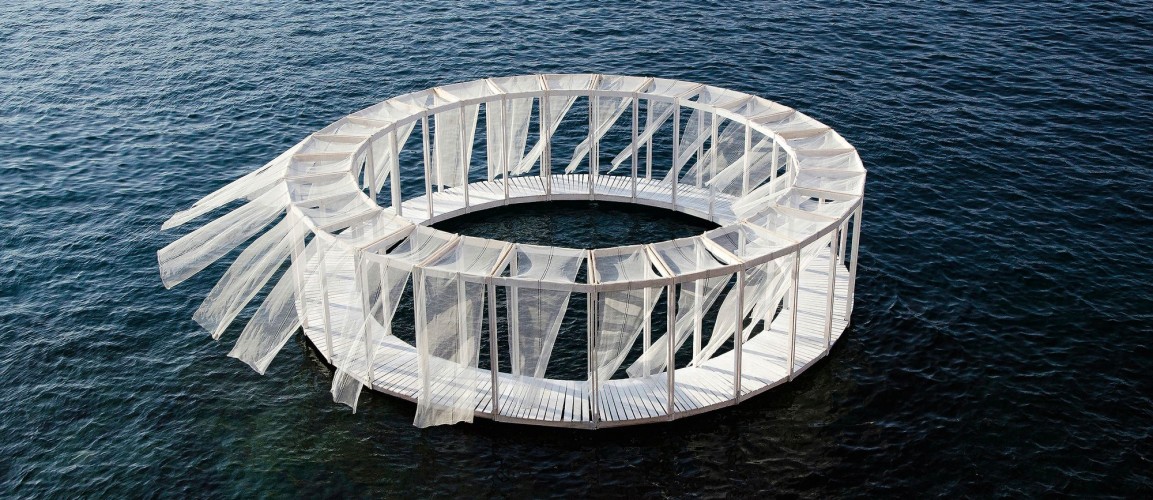

.jpg)
.jpg)